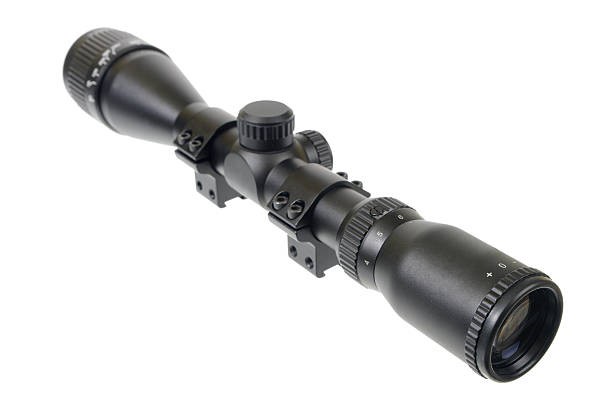The Plaintiff is into the business of making adjustable rifle scopes and several portions of the products are textured with so-called “knurling,” used mainly for providing grip to the products. This design is being used by the Plaintiff on rifle scopes since 2002. Till 2011 the product was being manufactured by a Sporting Goods factory in China. Later, the factory manager started selling similar rifle scopes and also manufacturing it for other sellers of the same product. A case for trade dress infringement was filed. The Plaintiff argued that its design only has an ornamental value and does not add any functionality to the product. The district court in the summary judgement sought by the defendant held that the Plaintiff could not prove the non-functionality requirement of its design.
[Picture Credit: Rifle]
ANALYSIS/DECISION:
The court has previously explained in cases including Wal-Mart Stores, Inc. v. Samara Bros., 529 U.S. 205, 210 (2000): “Trade dress” refers to the image and overall appearance of a product. It embodies that arrangement of identifying characteristics or decorations connected with a product, whether by packaging or otherwise, that makes the source of the product distinguishable from another and promotes its sales. Trade dress involves the total image of a product and may include features such as size, shape, color, or color combinations, texture, graphics, or even particular sales techniques.
The Lanham Act, 15 U.S.C. § 1125(a), creates a civil cause of action for Trade dress infringement. In relevant part, the statute provides:
“Any person who, on or in connection with any goods or services, or any container for goods, uses in commerce any word, term, name, symbol, or device, or any combination thereof, or any false designation of origin, false or misleading description of fact, or false or misleading representation of fact, which—
(A) is likely to cause confusion, or to cause mistake, or to deceive as to the affiliation, connection, or association of such person with another person, or as to the origin, sponsorship, or approval of his or her goods, services, or commercial activities by another person… shall be liable in a civil action by any person who believes that he or she is or is likely to be damaged by such act”.
The essential elements to prove a trade dress claim for a product’s design is (1) its nonfunctionally, (2) has acquired a secondary meaning, and (3) is confusingly similar to the allegedly infringing design. Thus, a trade dress protection can be received if a design is not essential to the product’s utility and if it provides a distinctiveness to that brand.
The court in the Inwood Labs case held that if a design or feature is essential to a product’s use or if it affects the cost or quality of the article, then it can be termed as functional. To claim protection, it must prove otherwise. Moreover, it will also be non-functional if the product and its design have been made only for an aesthetic purpose or as an ornamental addition with no possibility of literal, aesthetic or incidental functionality. The court in the present case observed that even though “knurling” is per se functional to the use of the rifle scope, the question herein is to determine whether the unique design that is printed into the Plaintiff’s knurling is non-functional or not.
In Inwood the court observed that secondary meaning is established when a trade dress or a product feature is linked directly to the producer rather than the product itself.
“This Court applies a seven-factor test to determine whether secondary meaning exists in a Trade dress: (1) direct consumer testimony, (2) consumer surveys, (3) exclusivity, length, and manner of use, (4) amount and manner of advertising, (5) number of sales and number of customers, (6) established place in the market, and (7) proof of intentional copying.” (Gen. Motors Corp. v. Lanard Toys, Inc., 468 F. 3d 405, 414 (6th Cir. 2006)). Each one of these needs to be proven.
The Appellate court held that the Plaintiff’s design is non-functional because Plaintiff’s design is purely ornamental. However, the court like the district court declined to resolve the issue of secondary meaning. According to the court that the summary judgment was erred.
Author: Saransh Chaturvedi (Advocate, LLM (IIT Kharagpur) – an associate at Khurana & Khurana, Advocates and IP Attorney, in case of any queries please contact/write back to us via email saransh@iiprd.com.




